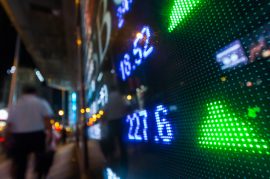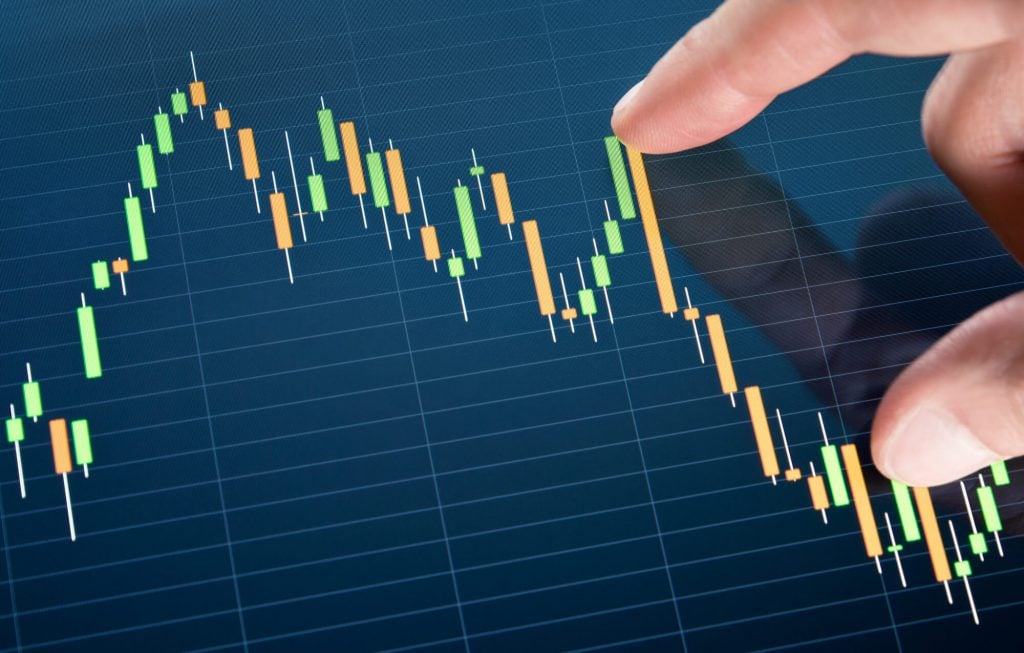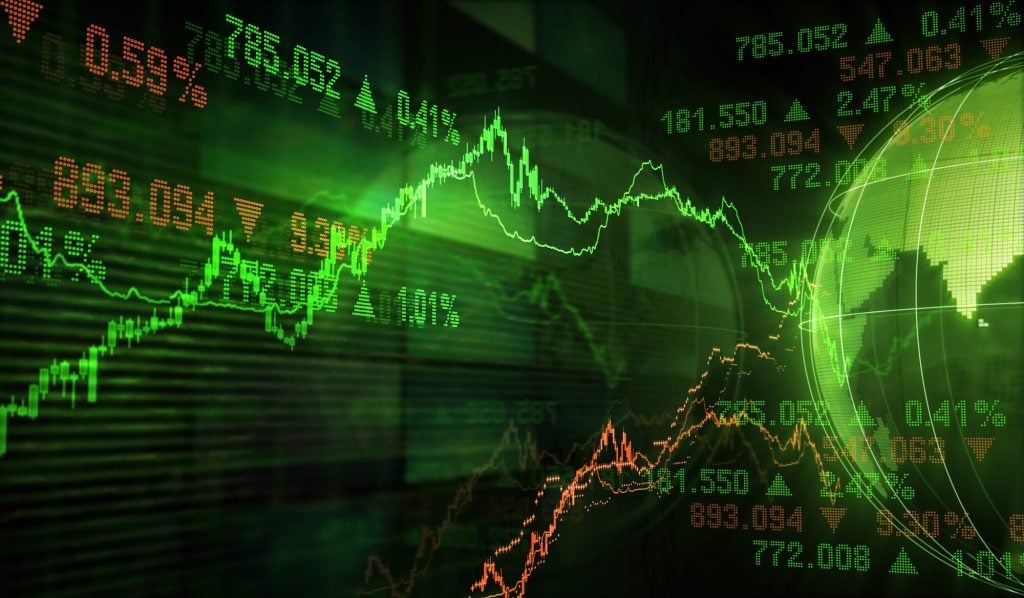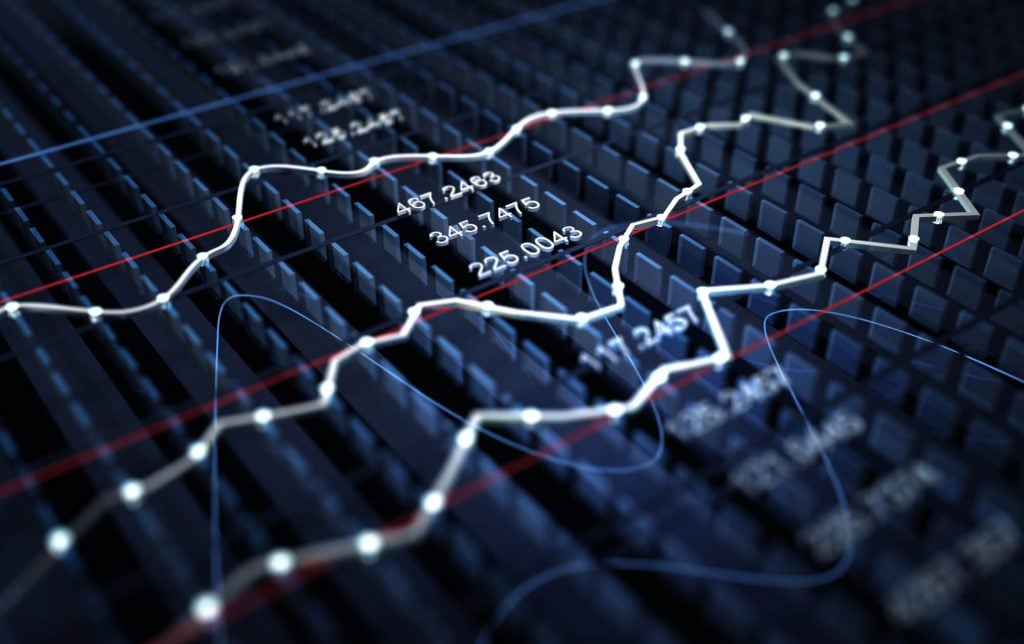
Retail investors who pay close attention to stock-related news may hear the phrases “primary market” and “secondary market” every once in a while. The phrases might sound like they infer a sort of caste system at work in the investor class — that the “primary stock market” gets preferential treatment over the “secondary stock market.”
That isn’t really true. Some institutions and investors are more or less exclusive to the respective primary and secondary markets. But the designations have more to do with the lifespan of a commodity and the different ways companies can raise capital.
Knowing the difference between primary and secondary markets is crucial for understanding how trading works on a macro level. In this post, Gorilla Trades explains the contrast of primary market vs. secondary market as it relates to stock investments.

Basic Differences Between Primary vs. Secondary Markets
There are two differences between primary and secondary markets that define them most clearly: their purpose and who sells the shares.
The primary market is the place where shares in a given commodity are generated. It’s where stock shares are offered for the first time or where new shares in an existing stock are created.
The secondary market is where shares are traded. The shares are already in existence, and they’re being exchanged between investors on the stock exchange, directly or indirectly.
Furthermore, in a primary market, investors get stock directly from the issuer, usually the company or corporation which the stocks represent. In a secondary market, investors get stock shares from other investors, typically through a dealer like a brokerage firm.
The most defining aspect of the primary and secondary markets is a matter of access to shares. Only a few levels of investors — mainly institutional ones — have access to the primary market, while literally anybody can get in on the secondary market. But corporations recognize the importance of activity in both markets.
To make the distinction clearer, let’s look at each of the two markets in detail.
What Is the Primary Market?
The primary market is where stock shares are released to investors for the very first day of trading. To understand how it works, let’s rewind a little bit to the days and weeks before that happens.
When a company decides to go public, they ask financial professionals called underwriters to take on the monetary risk associated with new stock shares. This usually involves multiple banks extending loans to the company, providing insurance or straight-up investments.
After a while, the underwriters convene to decide how many shares the company will create and how much they’ll cost the first time these stocks are issued. They then set a date for the company’s initial public offering (IPO), when they’ll effectively put the shares on sale for the first time.
The IPO is a monumental event for a burgeoning company. If done right, it generates a lot of instant capital from eager investors. But it’s also a delicate time in which missteps or miscalculations can cause the share price to plummet before it’s even had a chance to take off.
Since the IPO is a risky event, companies usually target it toward established investors they can trust. Mostly, they are institutional investors — banks, credit unions, investment firms, mutual funds, insurance companies, pension funds, and so forth.
The underwriters trust these entities because of their size, experience, and special knowledge. They’re the ones who are most likely to get the company through its first round of public financing as successfully as possible.
These entities are known as — you guessed it — the primary market. They’re the first wall of capital, buying shares directly from the company to get its existence as a public company off the ground.

What Is the Secondary Market?
So the IPO is finished (or close to being finished). The company has gotten all this new cash to work with, the shares have been officially released, and all of the employees are popping champagne bottles and celebrating. The shares are officially listed on the major stock exchanges, like the New York Stock Exchange and NASDAQ.
At this point, investors can start trading stock amongst themselves. They buy and sell shares to and from brokerages, who in turn look for other investors to complete the transactions. The company that the shares represent are not involved in this activity — shares are traded from broker to broker, dealer to dealer, and investor to investor.
This is the secondary market. You, the individual investor who trades to build your personal wealth, are in this market.
Even though the company is not involved at this stage, it relies on activity in the secondary market to some extent. High trading volume in the secondary market can cause the share price to go up, which in turn increases the company’s market value.
Transactions on the secondary market follow two basic models:
Auction Market
One way the secondary market interacts is on the floor of the stock exchange. Traders gather in a certain spot, where a broker announces they’ve got some stock to sell or that they want to buy stock themselves.
If they’re selling, they set an ask price they’re willing to accept for their shares. If they’re buying, they set a bid price they’re willing to spend.
This model is, of course, the traditional method that you’ve probably seen reenacted in movies about the stock market, where stockbrokers scream at each other and paper receipts fly all over the place. The auction market is the pulse of the New York Stock Exchange.
Dealer Market
The dealer market, however, is how most of us — the retail investor crowd — conduct stock transactions. Most of these deals happen electronically through an online brokerage.
In this model, a stock dealer holds a certain amount of inventory in stock shares and simply puts them up for sale. They also buy shares from other dealers. They try to realize profits off the price spread of their shares — buying when shares are low and selling when they’re high.
Retail investors buy shares in the dealer market. They become stockholders and own a part of the companies they invest in, for as long as that may be. But they’re buying them from and selling them to dealers, rather than amongst each other.
Other Kinds of Primary Markets
Once a company’s stock shares are distributed to the secondary market, does the primary market vanish altogether? Not at all. Institutional investors have other ways of buying shares directly from corporations themselves, even if they’re already on the secondary market.
Rights Offering
In this example of primary market trading, a company offers institutional shareholders the right to buy bonus stock shares, known as subscription warrants, in proportion to the holdings they currently own. They’re essentially stock options, since the investor doesn’t have to purchase shares if they don’t want to. But they have the right to do so that the secondary market doesn’t.
Private Placement
Some companies sell straight to big investment players — generally hedge funds and banks — without ever releasing the shares to the public.
The company selects these investors in advance when they need sizable capital for, say, expansion. Private placement is favored because the exchange is not subject to the stringent regulation of the public stock market.
Preferential Allotment
Preferential allotment is similar to private placement, and the two terms are easily mixed up. In a preferential allotment, a company actually creates new shares and offers them at a discounted price that the public won’t have access to.
Can I Get in on the Primary Market?
One of the most significant differences between the primary and secondary market is the targeting of certain investor classes — large and institutional investors in the primary market and everybody else in the secondary market.
But say you, the common investor, catch wind of a big IPO coming shortly. You are, for all intents and purposes, a registered member of the secondary market. Is there any way you can somehow sneak into the primary market and buy some of the very first shares in a newly public company at the super-low first price?
Candidly, it’s possible. But it depends on your brokerage…and it’s not easy.
Every brokerage has a different policy for letting private individuals in on an IPO. No matter what, you’ll have to surpass certain minimums in trading activity and/or account balances to even be considered.
You may be required to have conducted multiple — and we mean multiple — stock transactions over a given period. Or you may be required to have a minimum brokerage account balance — and in almost all cases, that minimum is in six figures.
With the immense risk that an IPO entails, in all likelihood, you’re better off buying shares in a new company during its first few days in the secondary market.

Gorilla Trades Leads the Way to Profits
You may be stuck in the secondary market, but Gorilla Trades can help you make the most of every trade. We’ve helped thousands of individuals to create new wealth through our data-proven stock picks for over 20 years. To find out more, sign up for a free trial.
